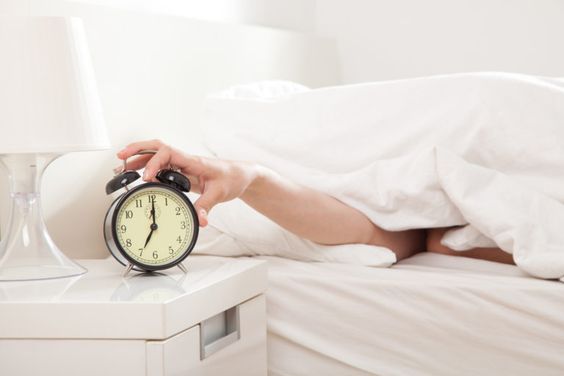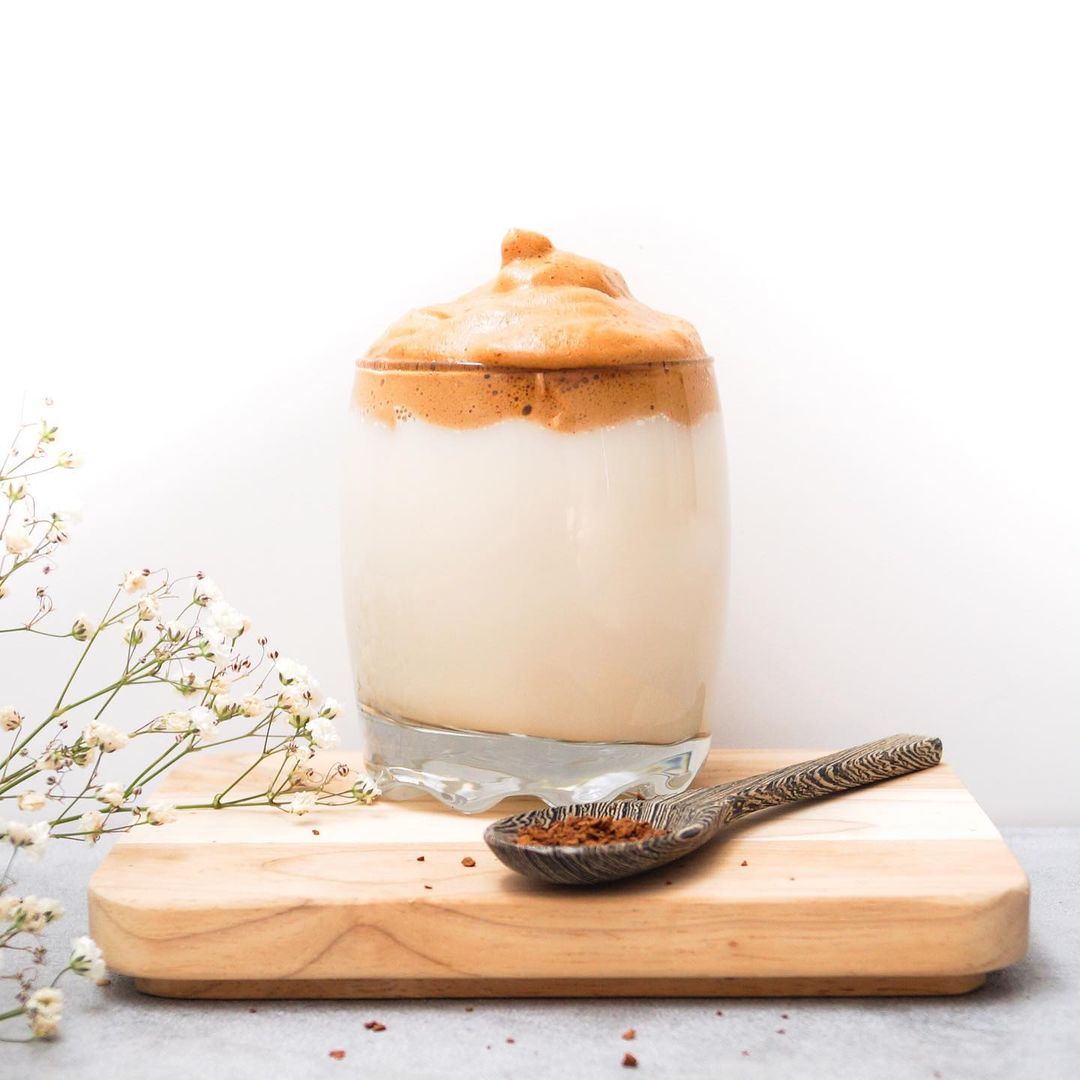We've all seen limescale build up on taps, glass shower doors or even kettles. Scale most often forms in homes with hard water, that is, water with a high mineral content, when it evaporates or heats up. The question arises, what to do about this? What removes limescale well?
ContentWhat works well for removing limescale: SteamWhite vinegar can also helpWhat works well for removing limescale: Baking sodaUse lemon juice
If you notice an unusual amount of limescale on your bathroom faucets and showers, it may be time to consider a more permanent solution solution such as a water softener. But if you need a quick solution, WomanEL advises using the following home remedies to combat limescale.
What works well to remove limescale: steam
A good first step in fighting limescale is simple: add steam! If you have a steam cleaner, it can help remove light build-up of limescale when combined with a little scrubbing. The high temperature of the steam can disinfect surfaces, breaking down scale, all without the need for chemicals. Steam cleaning can also help clean bathroom tiles and glass, among other uses. Just avoid surfaces that are difficult to clean with steam.
If you don't have a steam cleaner, you can try boiling water in a kettle or adding steam with an iron to remove limescale before cleaning your plumbing. But these methods may be less effective. It may also make sense to use steam in combination with other methods, such as those listed below, to remove heavier limescale deposits.
White vinegar can also help
You may already know that white vinegar can be a versatile household cleaner with antibacterial properties and the ability to dissolve stains. If scale builds up, the Guardian recommends wrapping the taps in cotton wool soaked in vinegar and leaving them for an hour, or filling a cup with vinegar and taping it to the tap to soak everything up. You can also clean your shower head with vinegar, using a one-to-one solution of hot water and vinegar and leaving it in a bucket (if removable) or a plastic bag containing the solution (if permanent).
The acetic acid in vinegar breaks down calcium carbonate and other deposits over time. Most sources recommend letting the vinegar soak into the appliances before wiping or cleaning them, so that the acid has enough time to chemically attack the limescale. This will help prevent scratches from harsh cleaning and will keep your appliances looking shiny.
What works well to remove limescale: baking soda
For a gentler method of soaking appliances and removing limescale, Ask Team Clean suggests using a mixture of water and baking soda. They also recommend making a paste of two or three teaspoons of baking soda and water as needed to apply directly to stubborn limescale stains. Among the many baking soda cleaning hacks, these methods will help freshen up your appliances and remove scale without the strong vinegar smell.
From school science projects to general house cleaning tips, you may have heard that you can boost the effectiveness of baking soda by combining it with vinegar. But before you combine the two, you should know that this combination, while effervescent, negates the cleaning power of both the acids in vinegar and the abrasives in baking soda. Therefore, it may not be useful for removing limescale. It is better to make a more concentrated solution of vinegar or baking soda to test it on stronger limescale.
Use lemon juice
 How to use lemon juice in a creative way at home, Source: freepik.com
How to use lemon juice in a creative way at home, Source: freepik.com
Looking for a mild household acid to remove limescale that will also add a fresh and clean aroma to your bathroom or kitchen? Look no further than lemon juice and its many household uses. Like other citrus fruits, lemon has more uses in your home than you might think. Remove limescale from faucets with this trick. Simply rub half a lemon into the faucet head or squeeze the juice out of a lemon and apply the juice to your plumbing fixtures with a cleaning cloth to remove scale elsewhere. As with white vinegar, you'll want to let the lemon juice sit on your fixtures for a while for proper effect. In this case, citric acid, not acetic acid, found in lemons and other citrus fruits, is what makes this descaling product work.
If you have a dirty bathroom hood, don't worry. We will share a life hack that will help you clean it quickly.







